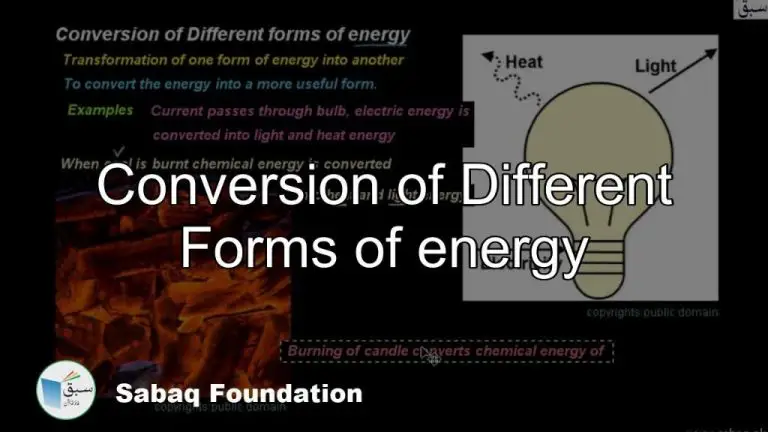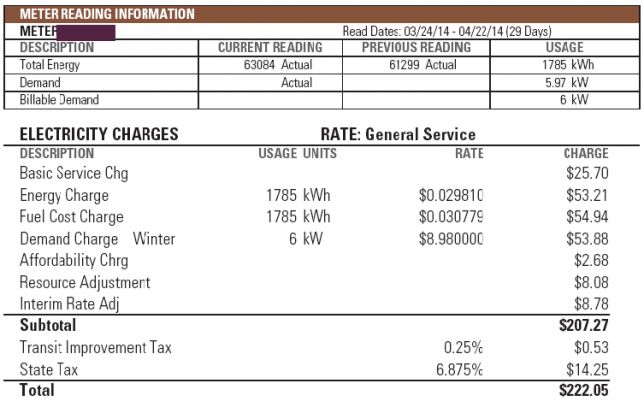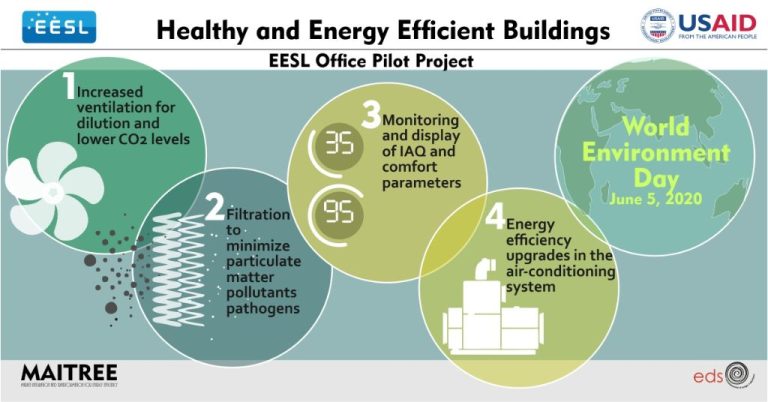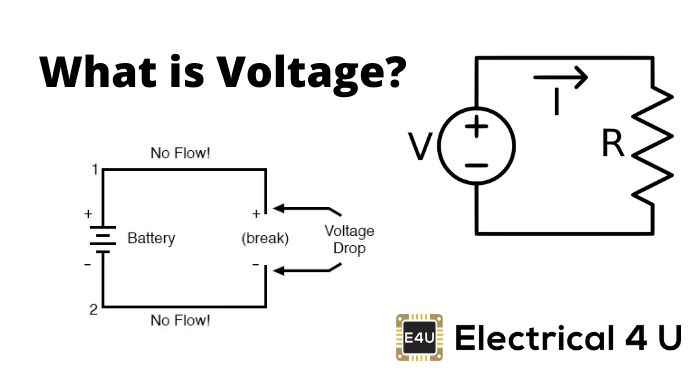What Is Checked During An Energy Audit?
An energy audit is a thorough inspection and analysis of a home or building’s energy usage and efficiency. The purpose of an energy audit is to identify opportunities to reduce energy costs and increase efficiency through improvements or upgrades.
According to the U.S. Department of Energy, a professional home energy audit can help homeowners save 5-30% on energy bills through cost-effective energy efficiency improvements [1]. Potential benefits of an energy audit include:
- Lower utility bills through identification of energy waste
- Improved home comfort through proper insulation, air sealing, and HVAC system performance
- Identification of safety issues such as gas leaks or combustion appliance backdrafting
- Prioritization of the most impactful upgrades for your budget
- Access to rebates and incentives from utility companies and governments
Overall, an energy audit provides a detailed understanding of how your home uses energy and how you can improve efficiency, comfort, and safety.
Visual Inspection of the Home’s Exterior
A key part of an energy audit is a thorough visual inspection of the home’s exterior. The auditor will look closely at areas like the insulation, windows, doors, roof, and landscaping to identify any issues that could be causing energy loss, water leakage, or other problems.
When examining the home’s exterior walls and insulation, the auditor will look for signs of poor insulation like condensation or frost, which can indicate opportunities for insulation improvements. The type of insulation will also be noted, as older types like fiberglass batts may need upgrading. Insulation gaps, sagging, or settling will also be flagged. According to Exterior Inspection | Energy Audit Basics, inspecting insulation is crucial because heat loss through walls accounts for 25-35% of a home’s energy costs.
The condition of windows and doors will also be thoroughly checked. The auditor will look for air leaks, rotting frames, appropriate weather stripping, and whether storm windows would provide additional efficiency. They may use tools like a blower door test to detect leaks. Windows that are old, single-paned, or poorly insulated can be a major source of energy loss.
The exterior inspection also includes examining the roof condition, overhangs, attic ventilation, and skylights. The auditor will note any needed repairs and identify areas where additional insulation could help. Trees or plants touching the home are also flagged as they can provide a path for air leaks.
Visual Inspection of the Home’s Interior
A key part of an energy audit is a visual inspection of the home’s interior. The auditor will look closely at the insulation, air leaks, thermostat, and appliances.
The auditor will check all areas where there are shared surfaces between the conditioned (heated/cooled) part of the home and an unconditioned space like the attic, basement or garage. Insulation levels and air sealing in these areas is critical to prevent energy loss. According to the US Department of Energy, sealing air leaks and adding insulation can reduce heating and cooling costs by 10-20% (source).
The auditor will also examine the thermostat. An upgraded programmable thermostat can help save energy by allowing homeowners to set customized heating and cooling schedules. Smart thermostats take this a step further by optimizing heating and cooling cycles automatically.
Finally, the auditor will take notes on all major appliances like the refrigerator, dishwasher, clothes washer and dryer. Old inefficient appliances can consume significantly more energy than newer ENERGY STAR models. The auditor may recommend upgrades to save energy.
Inspection of the Home’s Heating System
During an energy audit, the heating system receives a thorough inspection. This includes the furnace, ducts, vents, chimney, and any associated equipment. According to the U.S. Department of Energy, inspecting heating equipment annually helps ensure it continues operating efficiently and safely (source).
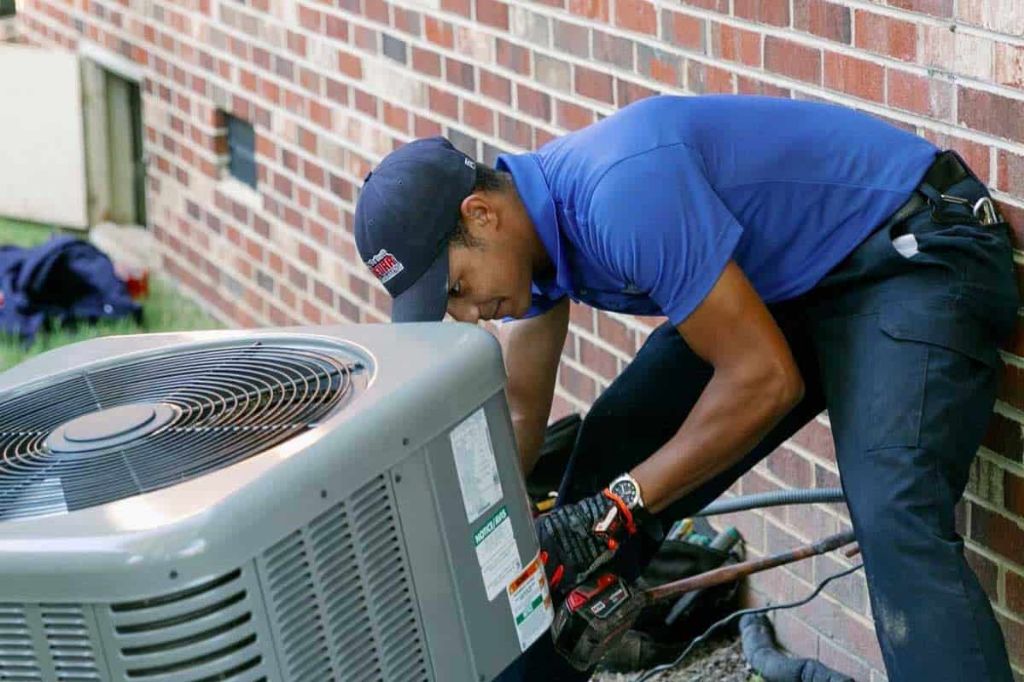
The auditor will examine the furnace and evaluate its age, condition, and efficiency rating. Older, inefficient furnaces can be significant energy wasters. The inspector will also check for proper installation, corrosion, cracks, or carbon monoxide leaks that could make the system unsafe. Proper furnace maintenance helps maximize efficiency and lifespan.
The auditor will visually inspect all ductwork and vents. Leaky ducts can reduce heating system efficiency by allowing conditioned air to escape before reaching intended rooms. The inspector will look for obvious disconnects, kinks, or holes letting heated air leak into unconditioned spaces. Testing ductwork for leaks requires specialized equipment.
If the home has a chimney, the auditor will check for blockages and proper ventilation that could lead to backdrafting. They will also ensure insulation does not block vents. Proper chimney operation is vital for safety and efficiency.
Overall, the heating system inspection verifies equipment is operating safely and identifies issues reducing efficiency or comfort. Recommendations can range from minor repairs to full system upgrades. This inspection provides homeowners critical information to budget and prioritize heating improvements.
Inspection of the Home’s Cooling System
A key part of an energy audit is inspecting the home’s cooling system, including the central air conditioner, fans, ductwork, and vents. The auditor will examine the age and condition of the cooling equipment and determine if upgrades would improve efficiency.
For central air conditioning systems, the auditor will check the age, model, size, and efficiency rating to determine if replacement is recommended. Older, inefficient systems can consume significantly more energy than newer models. The auditor may also take electrical measurements to assess the system’s efficiency.
According to the Department of Energy, ACs should be inspected annually and cleaned as needed to ensure efficient operation. Dirty equipment reduces airflow, leading to higher energy consumption.
The auditor will examine the ductwork for leaks, disconnected ducts, kinks, or other issues that reduce airflow and system performance. According to the National Association of Certified Home Inspectors, leaky ductwork can reduce system efficiency by up to 20%. Improperly located, missing, or closed supply and return vents will also be noted.
In addition to the central AC system, the auditor will check window units and whole-house fans and look for ways these can be operated more efficiently to reduce energy use.
Inspection of the Water Heating System
A key part of an energy audit is inspecting the home’s water heating system, including the water heater itself as well as the associated pipes and insulation.
The auditor will examine the water heater to determine its age, fuel source (e.g. electric, gas), capacity, and efficiency rating. Older water heaters tend to be less efficient, so the auditor may recommend an upgrade if the existing unit is more than 10 years old. Checking the EnergyGuide label on the water heater can provide useful details like the energy factor.
The auditor will also visually inspect the water pipes leading to and from the water heater to check for leaks, corrosion, or insufficient insulation. According to the U.S. Department of Energy, insulating hot water pipes can reduce heat loss by 25-45% and save money. The auditor may recommend adding pipe insulation if it is damaged or missing.
Finally, the auditor will check that the water heater temperature is set no higher than 120°F, as higher temperatures increase energy use without providing extra benefits. Simple adjustments like lowering the thermostat can help optimize energy efficiency.
Checking for Air Leaks
One of the most important parts of an energy audit is checking for air leaks in the home. Air leaks allow conditioned air to escape, wasting energy and money. According to the Department of Energy, air leakage accounts for 25-40% of the energy used for heating and cooling a home [1].
To check for air leaks, auditors will perform a blower door test. This involves placing a powerful fan in the frame of an exterior door to depressurize the house. The fan pulls air out of the house, lowering the indoor pressure. Higher outdoor air pressure then flows in through unsealed cracks and openings. These incoming leaks are then easier to detect [2].
In addition to the blower door test, auditors may use thermal imaging cameras to pinpoint air leaks. These special cameras detect temperature differences and show cooler surface temperatures in areas where air is infiltrating the building. Combining a blower door test with thermal imaging provides the most accurate way to locate leaks [3].
Review of Insulation Levels
One of the key components of an energy audit is carefully reviewing the insulation levels throughout the home. The inspector will check the insulation levels in the attic, exterior walls, crawl spaces, and basement to see if they meet the recommended R-values for your climate zone. The Department of Energy provides climate zone maps that show the recommended R-values based on where you live (Source).
Inspectors will check both the insulation levels and installation quality in each part of the home. Insulation that is too thin or has gaps can allow substantial heat loss in winter and heat gain in summer. Recommended insulation levels have increased over the years as energy codes have evolved. Older homes often have much lower insulation levels than what is optimal today.
If the insulation levels are found to be low, the audit report will include recommendations for adding insulation in places like the attic, walls, crawlspace or basement. Adding insulation is one of the most effective ways to improve energy efficiency in existing homes. The audit may also advise fixing installation problems that reduce insulation performance. Upgrading insulation can help make the home more comfortable and reduce energy bills for heating and cooling.
Examination of Lighting
A comprehensive lighting audit examines several key aspects of a home’s lighting system to identify opportunities for energy savings and improved lighting quality. The auditor will evaluate the types of light bulbs installed throughout the home, noting any inefficient incandescent or halogen bulbs that could be replaced with more efficient LED options. The quantity, placement and direction of lighting fixtures is also assessed to determine if any adjustments could optimize lighting and reduce energy waste. This may include identifying unnecessary lights that can be removed or recommending fixtures with directional lighting abilities.
The lighting controls are also inspected to see if dimmers, occupancy sensors, timers or daylighting controls are present and functioning properly. According to How to Conduct a Lighting Energy Audit for Your Building, automation through “occupancy sensors, time clocks, and daylighting controls” can lead to potential lighting energy savings of “10 percent to 60 percent.” 1 Proper use of lighting controls tailored to occupancy patterns and daylight availability can significantly reduce lighting energy usage.
Daylighting is analyzed to determine how much natural light enters the home and whether skylights or light tubes could be added to reduce the need for artificial lighting during daytime hours. Light levels may be measured with a light meter at various times and locations to gather quantitative data. Recommendations can then be made to optimize natural and artificial lighting based on the findings of the lighting examination.
Overall Assessment and Recommendations
The energy auditor will summarize their findings from the inspection and testing done throughout the home energy audit. This includes an overview of areas where the home is losing energy, such as through poor insulation, air leaks, an outdated HVAC system, inefficient appliances, and lighting. The auditor may use tools like thermal imaging cameras and blower door tests to detect leaks and gaps in insulation.[1]
Based on the home assessment, the auditor will then outline recommendations for upgrades and improvements to increase energy efficiency and comfort in the home. Common recommendations may include adding insulation, sealing air leaks, replacing doors and windows, upgrading the HVAC and water heating systems, installing energy efficient lighting, and replacing old appliances.[2]
The auditor will provide a report that summarizes the costs and benefits of their recommended energy efficiency upgrades. This includes an estimate of upfront costs, potential energy savings, payback period, rebates and incentives available, and a prioritized list of the most cost-effective recommendations. The homeowner can use this information to decide which upgrades to implement first based on their budget and goals for improving comfort and reducing energy costs.[3]

